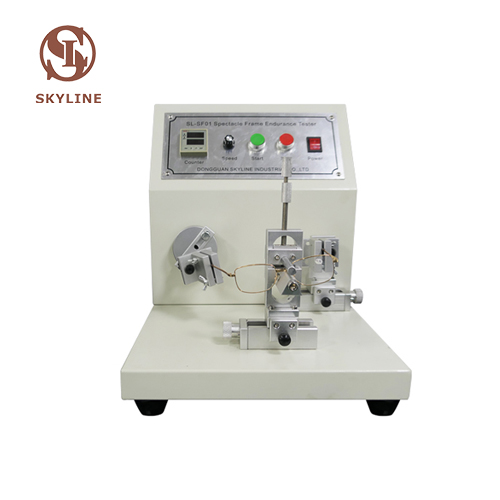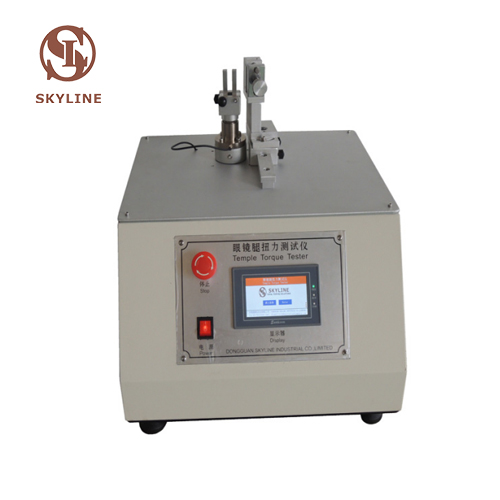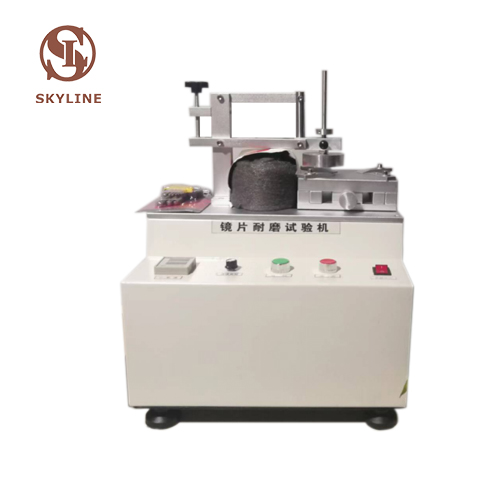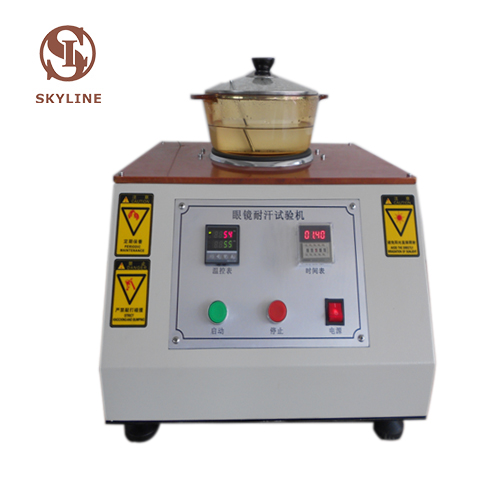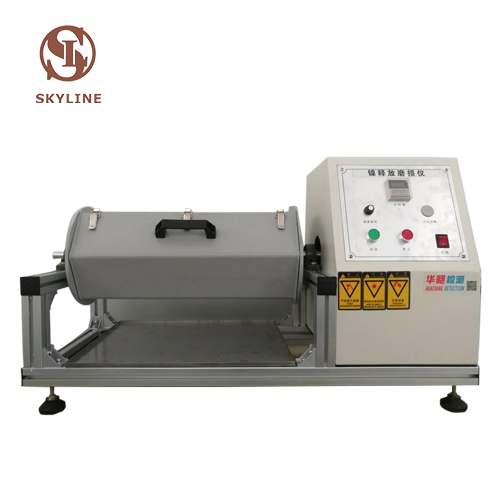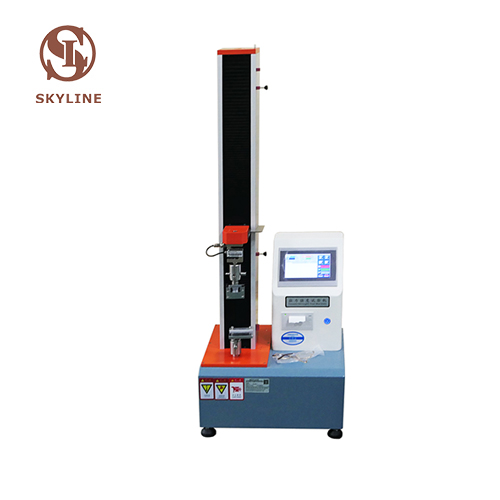ISO 12870: Spectacle Frame Testing - Ensuring Quality Eyewear
It provides detailed requirements and test methods to assess various aspects of spectacle frames. Derived from ISO 12870, different versions have been adopted globally, such as ANSI Z80.5 in the United States and GB/T 14214 in China. In this article, we will provide you with a comprehensive overview of this standard, enabling you to understand and apply it effectively.
Table of contents
1. Where to Obtain ISO 12870: 2016 Standard for Free?
2. Scope of ISO 12870: Applicable Spectacle Frame Types
3. Mandatory Requirements and Tests in ISO 12870:
• General physiological compatibility: Materials must not pose any health risks to wearers.
• Tolerance on screw threads: Referring to ISO 11381 for thread tolerances.
• Dimensional stability at elevated temperature: Assessing frame stability after exposure to heat.
• Resistance to perspiration: Evaluating frame resistance to sweat-induced corrosion or damage.
• Mechanical stability: Testing bridge deformation, lens retention, and endurance.
• Resistance to ignition: Ensuring frames don't ignite easily and sustain combustion.
5. Sample Conditioning and Ambient Temperature for Testing
6. Test Sequence Overview
7. Core Test Machines Required for ISO 12870 Testing
8. Conclusion
Scope of ISO 12870: Applicable Spectacle Frame Types: ISO 12870 applies to all types of spectacle frames, including rimless, semi-rimless, folding, and those made from natural organic materials. However, it does not cover complete custom-made frames or frames designed exclusively for personal eye protection.
Mandatory Requirements and Tests in ISO 12870: ISO 12870 specifies several essential requirements for all frame types under examination:
1. Construction: Frames should have smooth contact areas, rounded edges, and no sharp protrusions.
2. General physiological compatibility: Materials used in frames should not pose any health or safety risks to wearers.
3. Tolerance on screw threads: Screw thread tolerances should adhere to ISO 11381.
4. Dimensional stability at elevated temperature: Frames undergo heating at a constant temperature, ensuring dimensional stability within prescribed tolerances.
5. Resistance to perspiration: Frames are exposed to artificial sweat at an elevated temperature, evaluating their resistance to corrosion or surface damage.
6. Mechanical stability: Bridge deformation, lens retention, and endurance tests assess the mechanical stability of frames.
7. Resistance to ignition: Frames are tested for their ability to resist ignition and sustain combustion.
Number of Test Samples Required for Spectacle Frame Testing: For testing purposes, select random specimens of each spectacle frame model and assign them as sample 1 and sample 2. Additionally, if nickel release testing is conducted, two more samples are required.
Sample Conditioning and Ambient Temperature for Testing: Prior to testing, condition the samples at an ambient temperature of (23±5)°C for at least 4 hours. Standard constant temperature laboratories usually provide suitable conditions for this requirement. The ambient temperature should remain consistent throughout the testing process.
Test Sequence Overview: The test sequence in ISO 12870 encompasses the following key aspects: Construction, dimensional tolerance, dimensional stability, perspiration resistance, bridge deformation, lens retention, endurance, resistance to ignition, resistance to optical radiation, and nickel release.
Core Test Machines Required for ISO 12870 Testing
Frame Perspiration Corrosion Tester
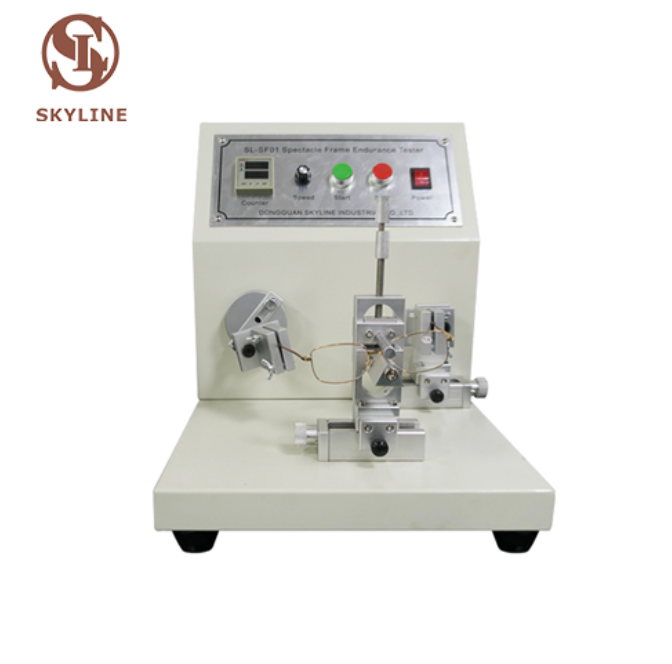
Spectacle Frame Endurance Tester
Nickel Release Tester

